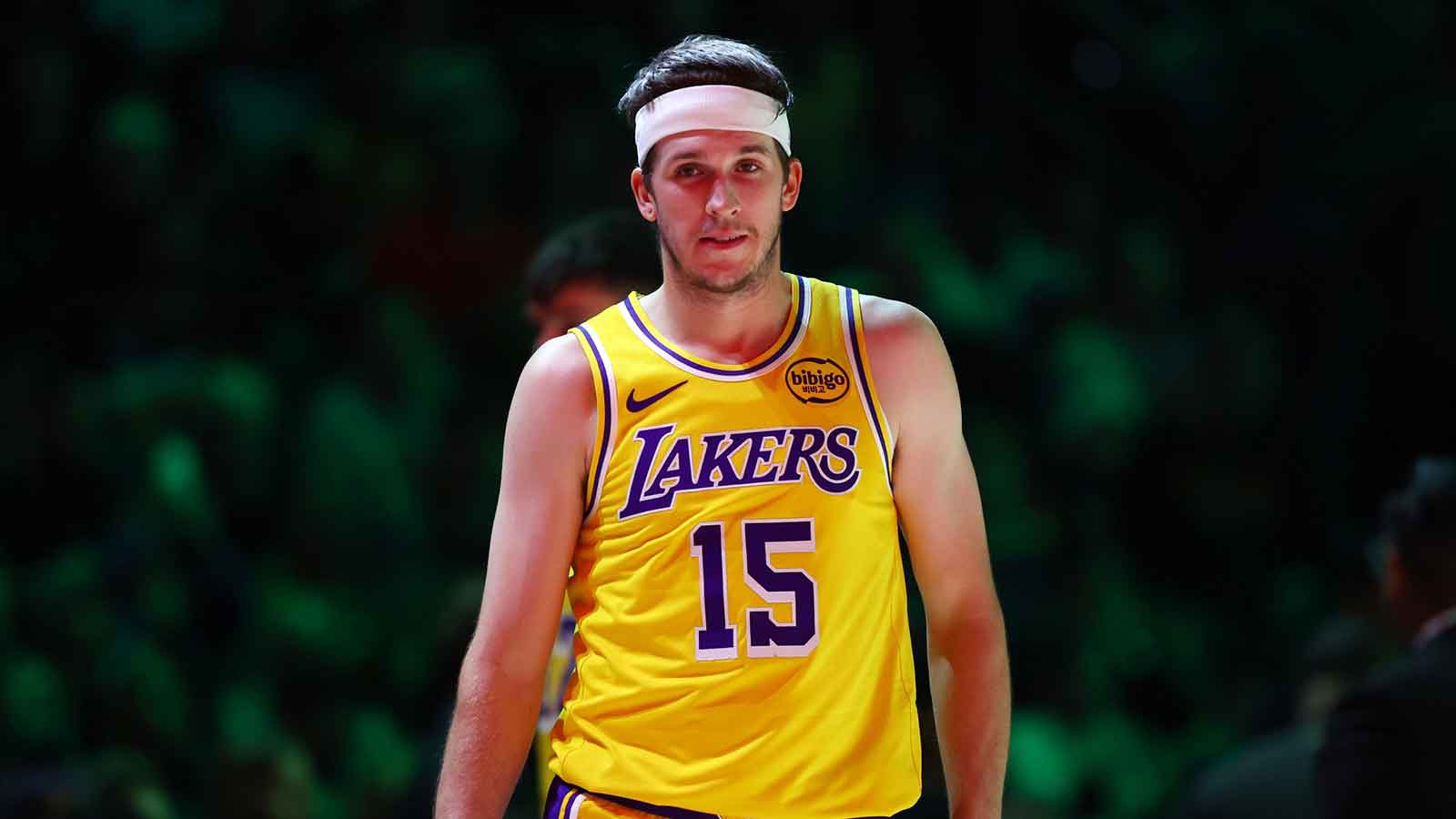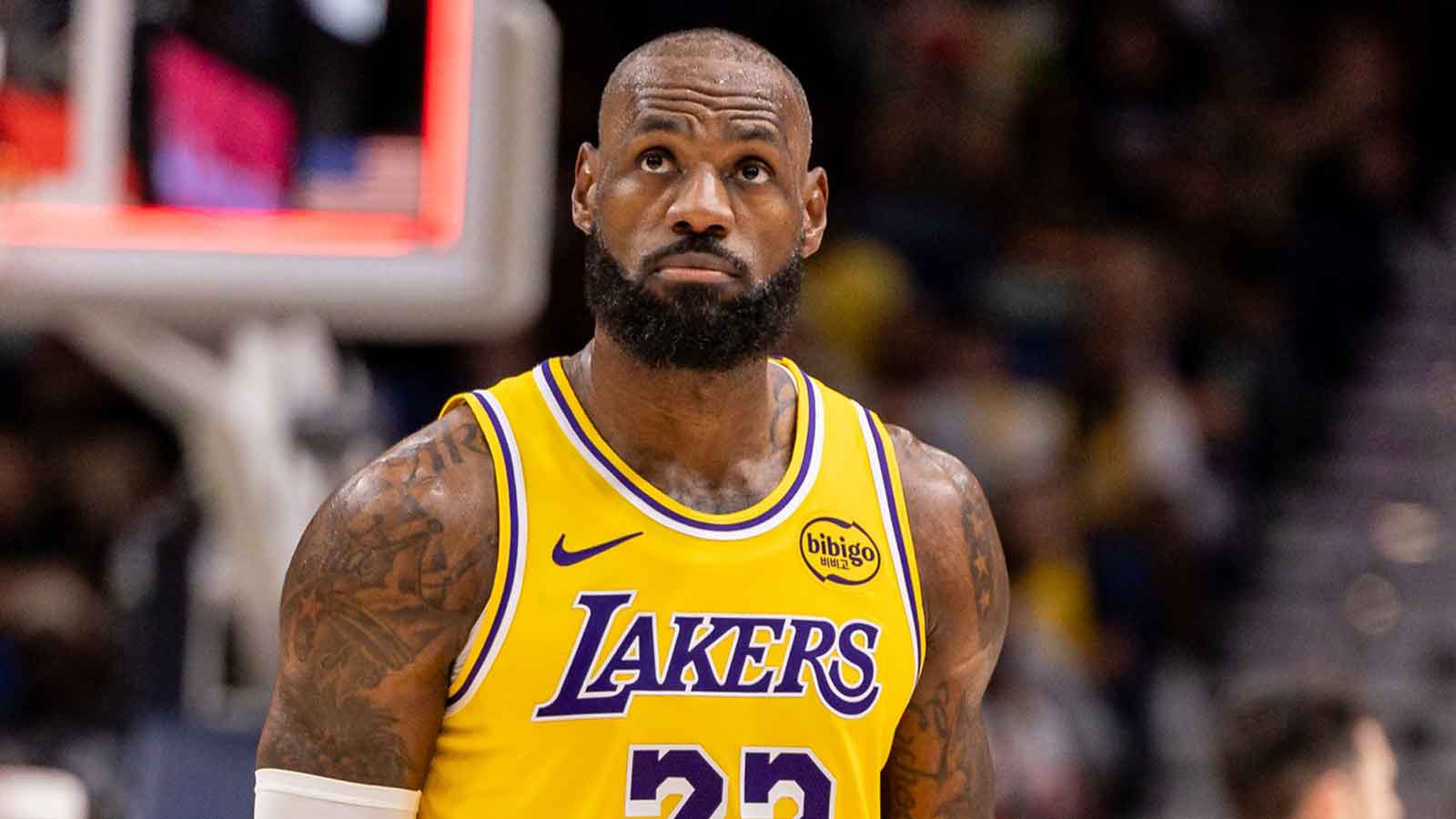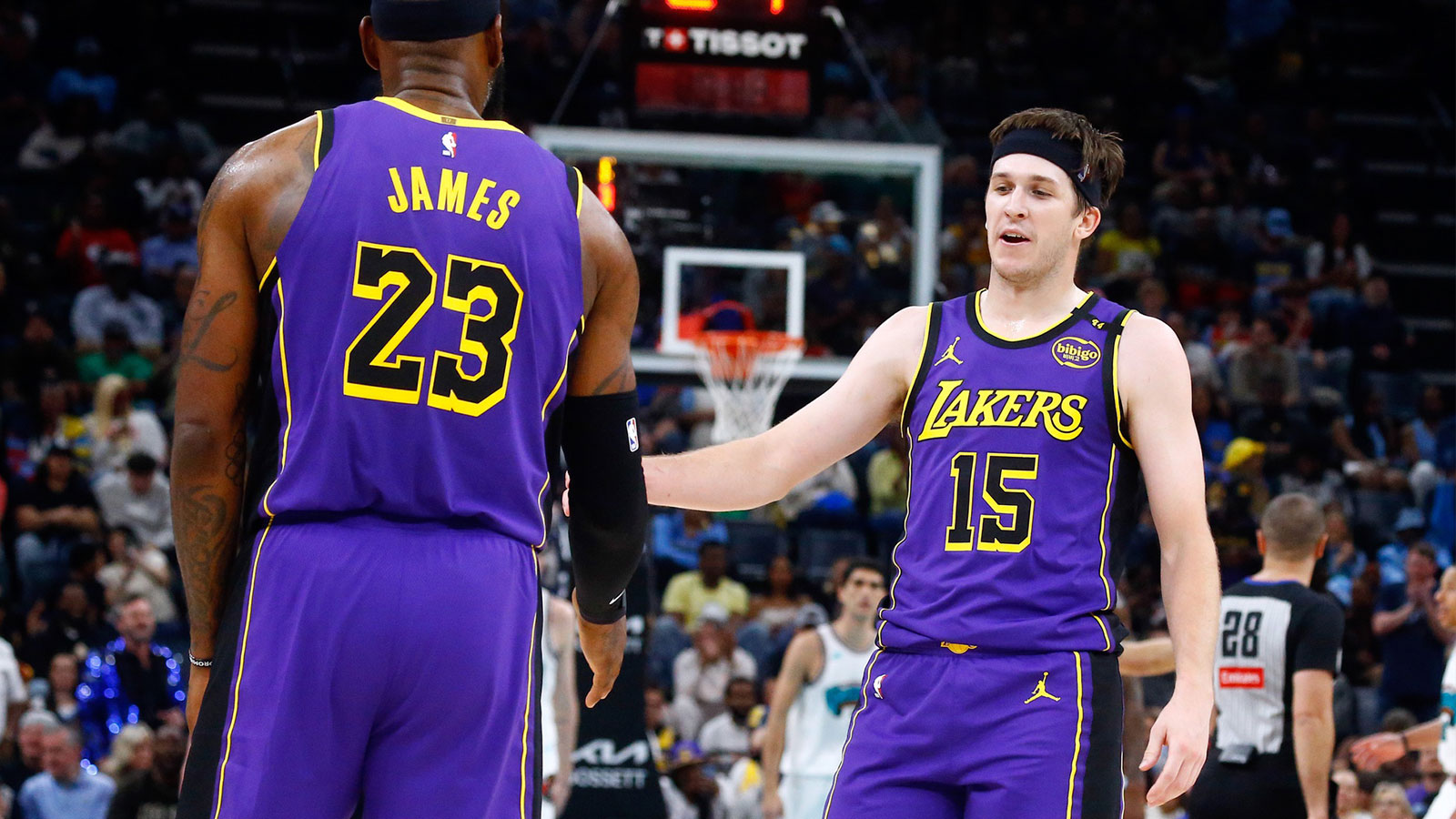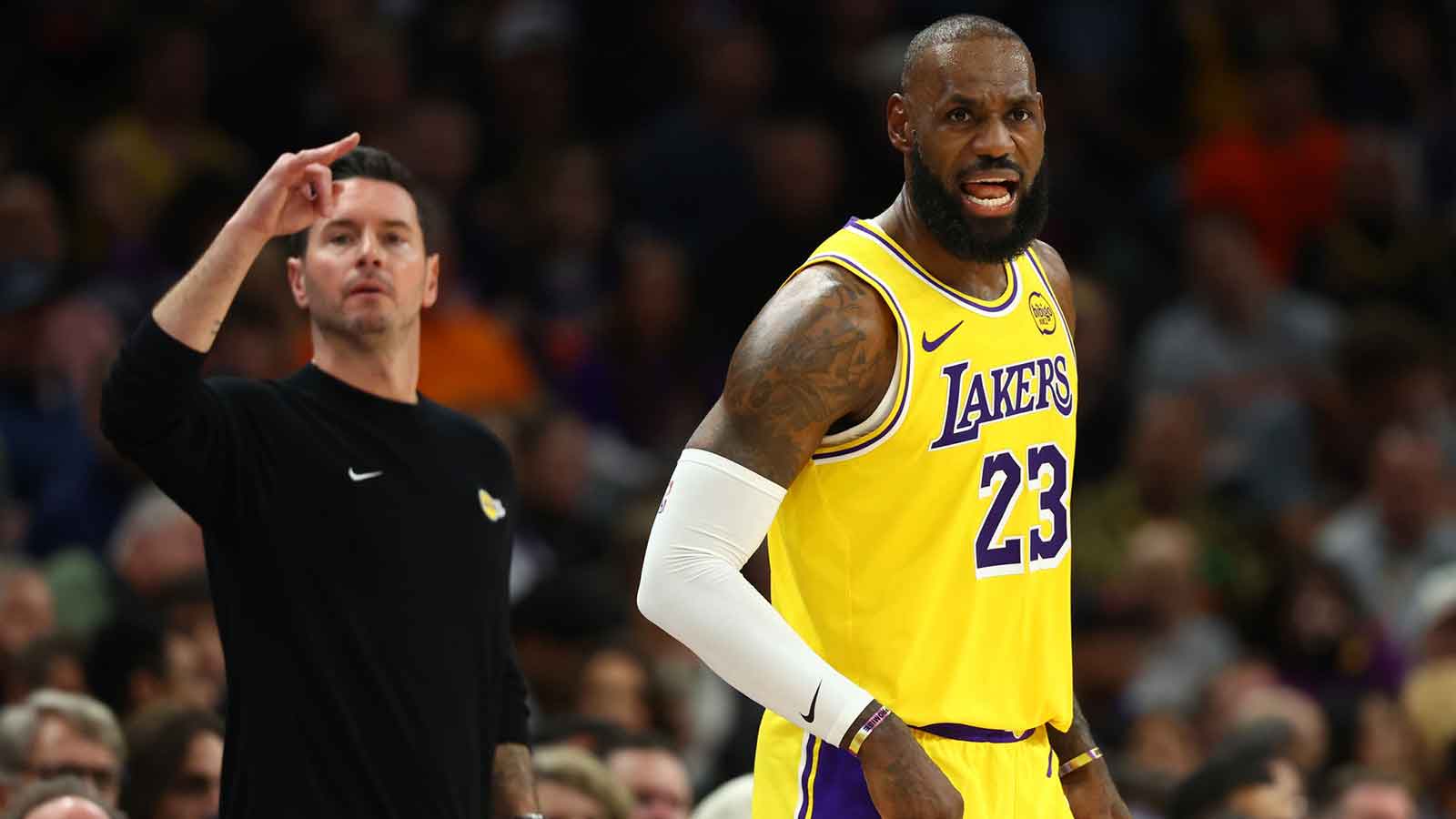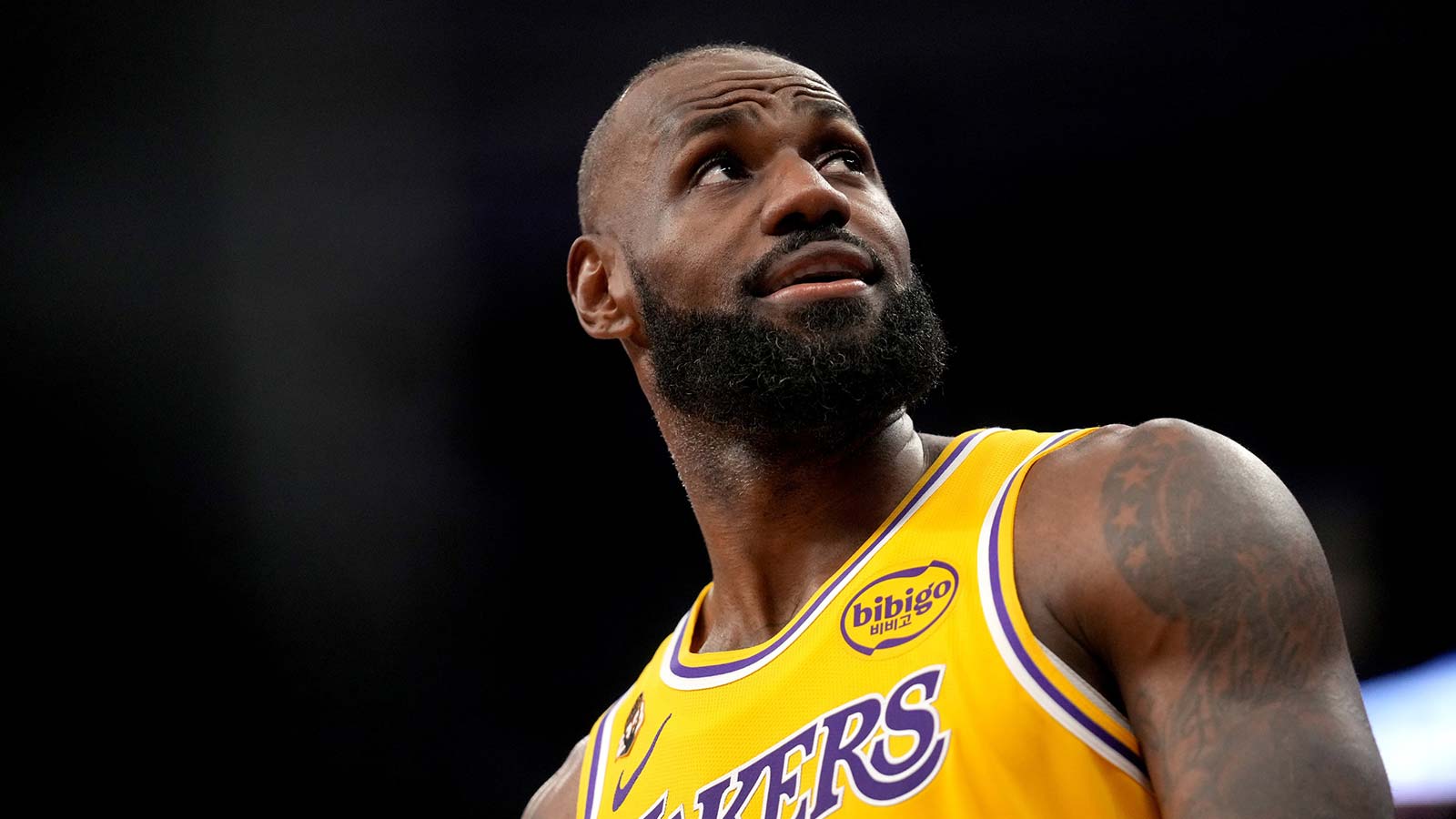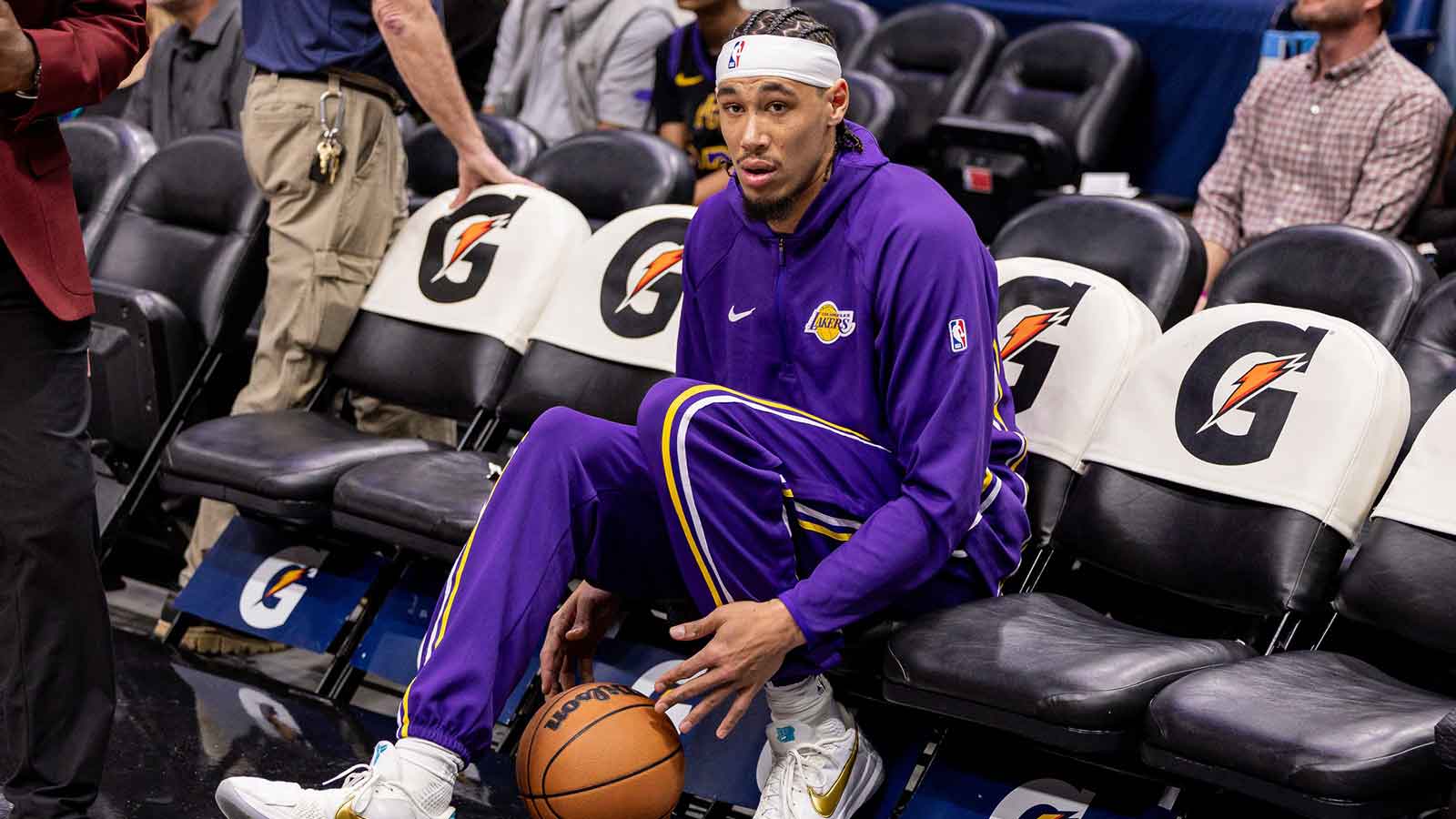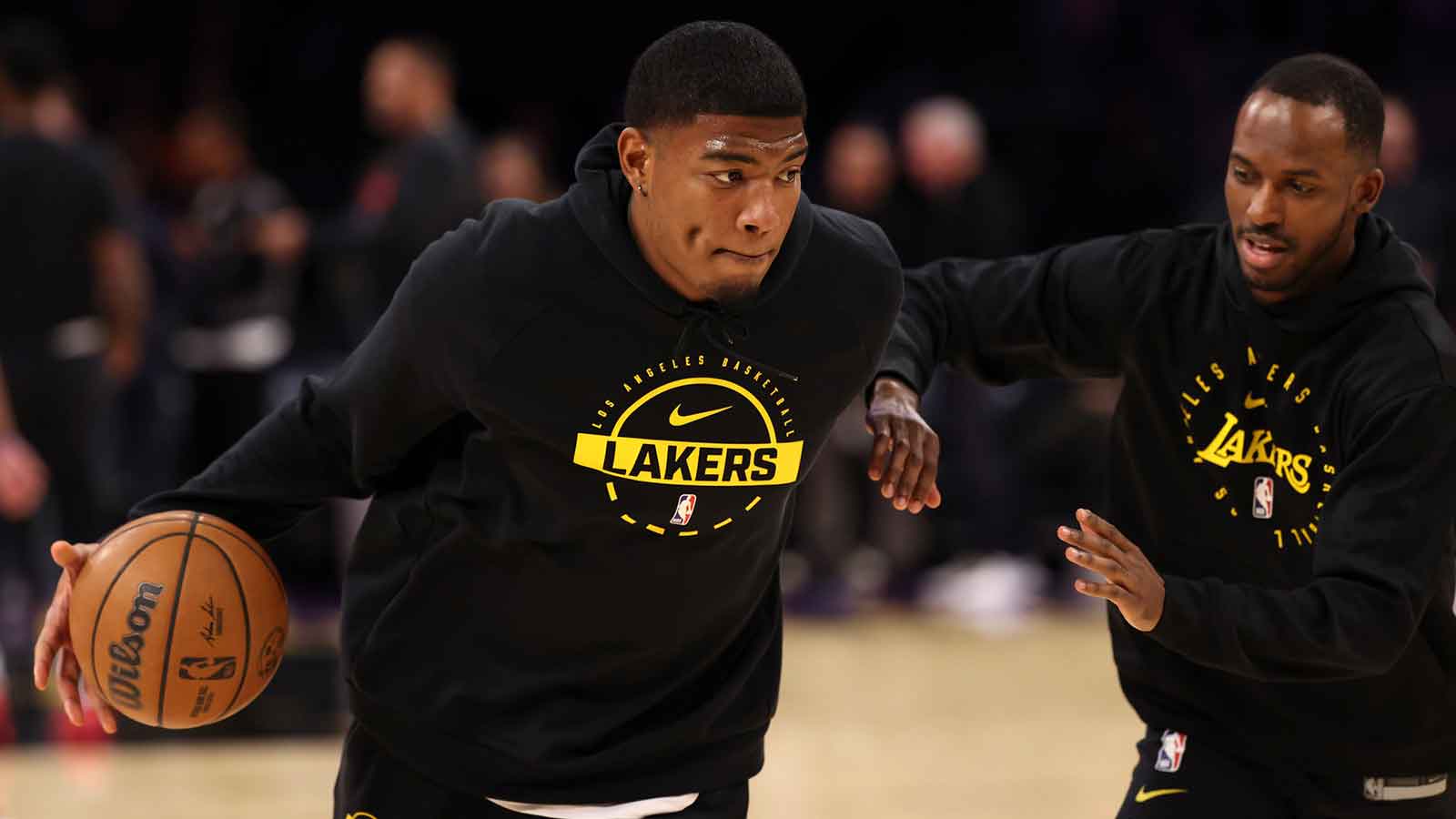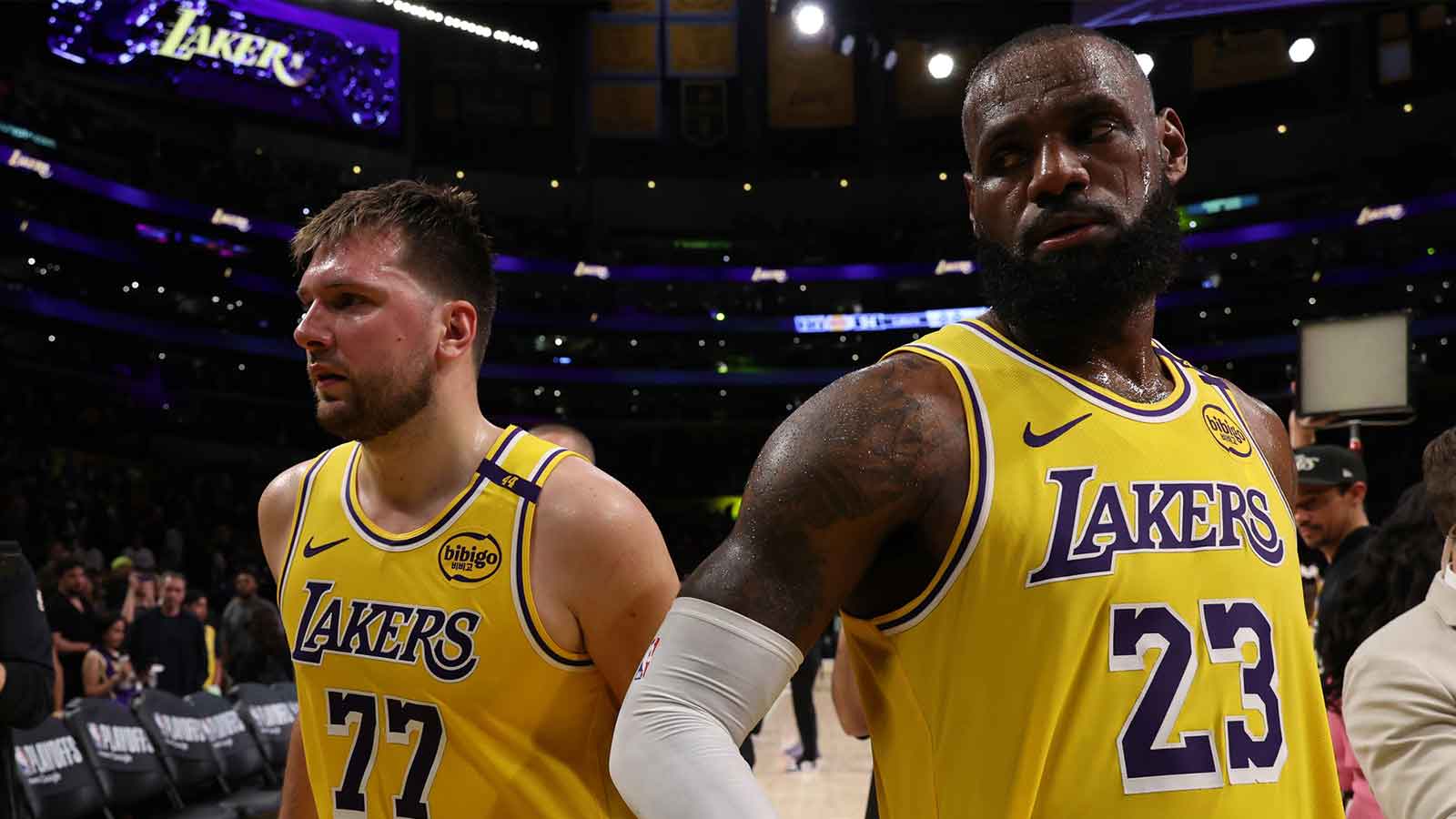For 29 teams, the NBA Draft is one of the tentpole events of the calendar, a franchise-defining night that represents their best (and maybe only) chance to land a superstar. For the LeBron James-era Los Angeles Lakers, though, it's traditionally just been another Thursday in June; the Lakers haven't added a first round pick to their roster since drafting Mo Wagner all the way back in 2018. But this year, with the 17th pick in the Draft, the Lakers can join in on the fun for the first time in half a decade. Still, there's a massive gulf that exists between simply having a draft pick and using it wisely—grabbing a guy like Leonard Miller might vault the team to a new level, but players like Jalen Hood-Schifino and Brice Sensabaugh could set the whole operation back. As such, here are the two prospects the Lakers must avoid with the 17th pick in the NBA Draft.
2. Jalen Hood-Schifino
At a glance, Jalen Hood-Schifino has all the ingredients of a very good NBA player. A consensus top 25 recruit out of high school, Hood-Schifino immediately took the reins during his freshman year at Indiana, averaging 13.5 points, 4.1 rebounds and 3.7 assists per game and winning Big Ten Freshman of the Year in the process. In one of the defining performances of the college basketball season, Hood-Schifino hung 35 points on the road against fifth-ranked Purdue. If you watch that game and that game alone, it's exceedingly easy to get the impression that he's a budding NBA star—he's so big and so smooth and so skilled in ways that seem to auger fistfuls of All-Star appearances.
The problem is that Hood Schifino was not especially good on the whole during his freshman season; in fact, he was arguably very bad. Despite his pretty shooting form and advanced shot creation instincts, Hood-Schifino was a cataclysmically bad shot-maker, in large part because he lacked the capacity to create easy buckets for himself. Over 32 games, Hood-Schifino attempted just 76 shots at the rim and somehow made only 53.9 percent of those looks; he had neither the quickness to get into the paint nor the fluidity to finish on the rare occasion he got there. Similarly, he was a reluctant three-point shooter who made just 33.3 percent of his attempts. As a result, Hood-Schifino gorged on tough mid-range jumpers—even if he shot a respectable 41.2 percent on those looks, they comprised the majority of his shots and tanked his efficiency.
To wit, since Hood-Schifino didn't pressure defenses in any real way, his playmaking numbers are unremarkable; his 20.2 percent assist rate is almost completely offset by his 19.4 percent turnover rate. Divorced from the aesthetic bias that comes from watching a 6'6 guy play with such confidence and grace, Hood-Schifino was one of the worst players in the country last season—his -0.2 BPM is bad; his 94.4 offense rating is even worse. While Hood Schifino does have the tools to grow into a productive NBA player, the Lakers don't have the time to help him get there.
1. Brice Sensabaugh
During his freshman season at Ohio State, Brice Sensabaugh was arguably the best pure scorer in the entire country, pouring in 16.3 points in just 24.5 minutes per game. Like all great scorers, Sensabaugh radiates an unchangeable, unflappable quality. It doesn't matter how tightly you contest his shot; it's going up and going in regardless. Brice Sensabaugh is a bucket. He's also nothing else.
Without the ball, Sensabaugh becomes a much less attractive prospect. His burly 6'6, 235-pound frame allows him to overwhelm smaller defenders on offense, but makes him a massive liability on defense—he doesn't have the mobility or lateral quickness to stay in front of any credible NBA perimeter player.
To wit, he passes the ball like he hates passing the ball. Whether it's because of a deficit of awareness to find open teammates or an unwillingness to actually relinquish control of the ball, Sensabaugh was one of the worst passing wings in recent memory. He coughed up nearly twice as many turnovers (2.0 per game) as he did assists (1.2 per game); his sky-high 34 percent usage rate dwarfs his 11.0 percent assist rate, painting the picture of a guy who sees offense as an inherently solo pursuit.
While Sensabaugh is an elite scorer, this skillset doesn't have much value for the Lakers. Since LeBron James, Anthony Davis, Austin Reaves (and maybe D'Angelo Russell) have already called dibs on the bulk of the possessions, Sensabaugh wouldn't have the opportunity to show off his singular and single skill.










